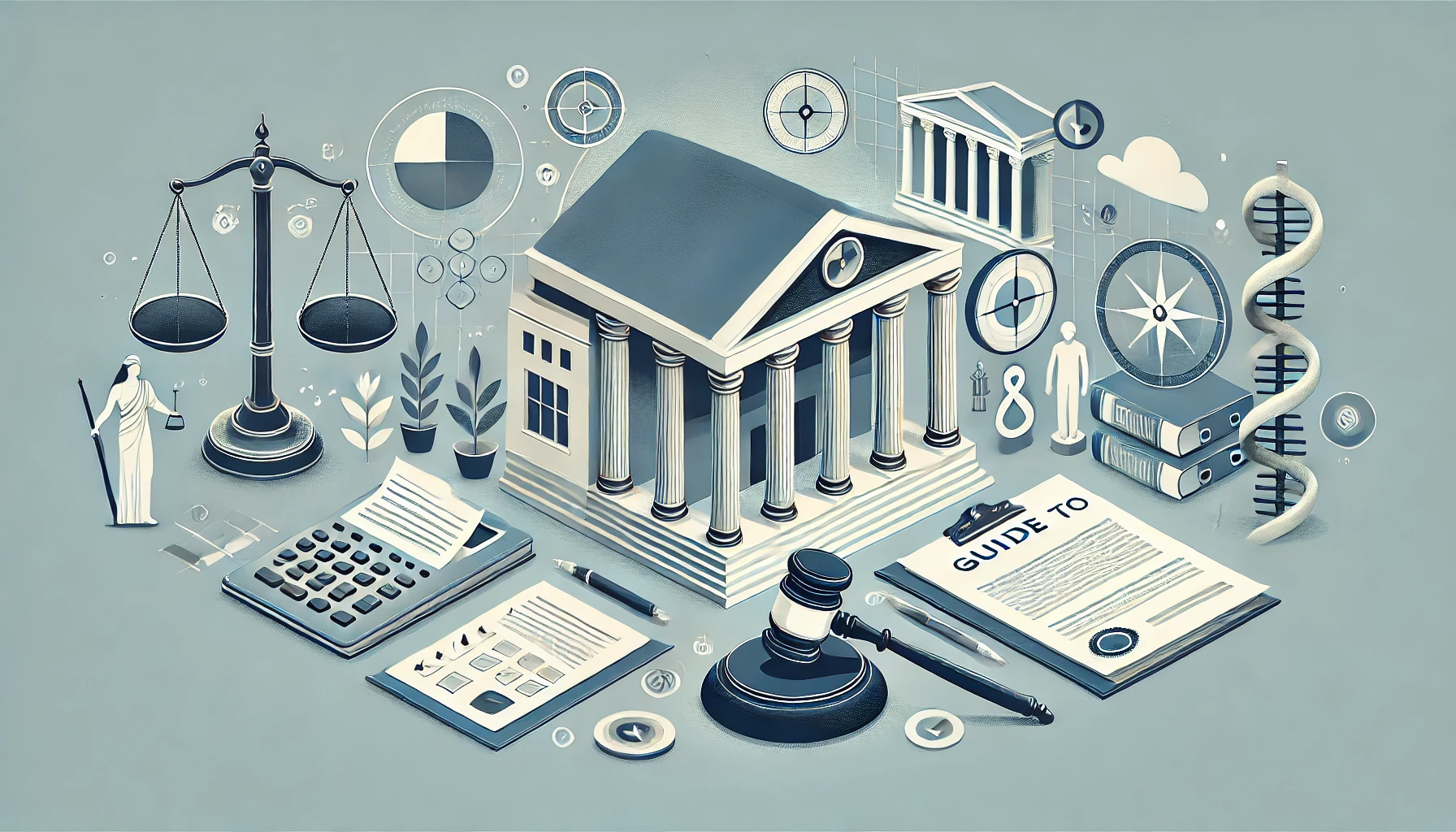Guide to Navigating the Legal Process

The aftermath of an accident is often a confusing and stressful time. Not only are you dealing with physical and emotional recovery, but you may also find yourself thrust into a complex legal system that can feel overwhelming. Understanding the legal process is crucial for ensuring your rights are protected and that you can confidently pursue the compensation you deserve. This guide is here to break down each step of the legal process, from filing claims to decoding legal jargon, so you can navigate it with clarity and assurance.
Step 1: Seeking Medical Attention and Documenting Injuries
Before anything else, your health should be your top priority. Immediately following an accident, seek medical attention, even if you think your injuries are minor. Medical records not only ensure your well-being but also serve as crucial evidence in any legal claims you may file. Documenting your injuries from the outset helps establish the impact of the accident on your life and supports your case.
Step 2: Reporting the Accident
Once you’ve addressed any immediate medical concerns, it’s important to report the accident. This might involve:
- Filing a Police Report: For motor vehicle accidents or other serious incidents, contact law enforcement to create an official record of the event.
- Notifying Your Employer: In the case of workplace injuries, inform your employer as soon as possible, as this is often a requirement for filing a workers’ compensation claim.
- Informing the Property Owner: If your accident occurred in a public place, notify the property owner or manager so they can document the incident.
An official report serves as key evidence in any legal proceedings and helps establish a timeline of events.
Step 3: Filing a Claim
Filing a claim is the formal process of seeking compensation for your injuries and losses. Depending on the nature of your accident, this might involve:
- Insurance Claims: For motor vehicle accidents, you’ll likely start by filing a claim with your insurance company or the at-fault party’s insurer.
- Workers’ Compensation Claims: If you were injured on the job, a workers’ compensation claim can help cover medical expenses and lost wages.
- Personal Injury Claims: In cases of negligence, such as slip-and-fall accidents, you might file a personal injury claim against the responsible party.
Understanding the specific requirements and deadlines for filing claims is essential. Consulting with an attorney early in the process can help ensure all paperwork is filed correctly and on time.
Step 4: Gathering and Preserving Evidence
Strong evidence is the foundation of any successful legal case. This includes:
- Medical Records: Detailed records of your injuries, treatments, and ongoing medical needs.
- Photographs and Videos: Visual evidence of the accident scene, your injuries, and any property damage.
- Witness Statements: Contact information and statements from anyone who witnessed the accident.
- Official Reports: Copies of police reports, incident reports, and any other official documentation related to the accident.
Organizing and preserving this evidence will be crucial as your case progresses.
Step 5: Understanding Legal Jargon
The legal world is filled with terms and phrases that can be confusing to those unfamiliar with the process. Here are a few key terms you might encounter:
- Plaintiff: The person who brings a lawsuit against another party.
- Defendant: The individual or entity being sued.
- Negligence: The failure to take reasonable care to avoid causing injury or loss to another person.
- Liability: Legal responsibility for one’s actions or inactions.
- Settlement: An agreement reached between the parties to resolve the case without going to trial.
Having a basic understanding of these terms can help you follow along with the legal process and communicate more effectively with your attorney.
Step 6: Negotiating a Settlement
In many cases, legal disputes are resolved through settlements rather than going to trial. A settlement is an agreement between the parties involved, where the defendant agrees to pay the plaintiff a certain amount in exchange for dropping the lawsuit.
- Initial Offer: The insurance company or defendant may present an initial settlement offer. It’s important not to accept the first offer without careful consideration, as it may be lower than what you deserve.
- Counteroffer: Your attorney can help you negotiate a counteroffer that better reflects the true value of your claim.
- Settlement Agreement: If both parties agree to the terms, a settlement agreement is signed, and the case is resolved without further legal action.
Settlements can save time and reduce the stress of going to court, but it’s crucial to ensure the offer is fair and just.
Step 7: Preparing for Trial (If Necessary)
If a settlement cannot be reached, the case may go to trial. This involves:
- Pre-Trial Preparation: Your attorney will help you prepare by gathering all evidence, interviewing witnesses, and developing a legal strategy.
- Court Proceedings: Both sides will present their case in court, and a judge or jury will make a final decision on the matter.
- Judgment: If the case is decided in your favor, the court will issue a judgment outlining the compensation you are entitled to.
While going to trial can be a lengthy and challenging process, it may be necessary to secure the compensation you deserve.
Conclusion
Navigating the legal process after an accident can seem daunting, but with the right knowledge and support, you can move forward with confidence. By understanding each step, from seeking medical attention to negotiating a settlement or going to trial, you’ll be better equipped to protect your rights and achieve a fair outcome. Always consider consulting with an experienced attorney to guide you through this journey and ensure your best interests are represented.